You’ve built something promising; maybe it’s a working AI prototype, a scrappy MVP, or a proof of concept that impressed investors. But now you’re at a crossroads. The team is asking for direction, early users want reliability, and you’re wondering, is this the moment to scale?
It’s a critical decision, and one that many startups get wrong.
At Ariel Software Solutions, we work closely with SaaS founders and product leaders navigating this exact stage. We’ve seen strong ideas falter because they were scaled too early, and lean experiments turn into successful products because the team knew when to pause, validate, and evolve.
This guide will help you cut through the confusion between POC, prototype, and MVP and give you a technical and strategic lens to evaluate whether your AI product is ready to scale and, more importantly, when to scale a product. This is where DevOps for AI startups and strong AI infrastructure consulting become indispensable.
Understanding the Terms: POC, Prototype, and MVP
Before evaluating readiness, it’s essential to understand the foundational differences between these three terms. While they can overlap in function, each serves a distinct purpose in the product lifecycle.
- Proof of Concept (POC): Technical Feasibility, Not a Product
A POC exists to answer one question: Can this be done? It’s typically used to validate a specific AI model, integration, or algorithm without investing in architecture, UX, or scalability. POCs are helpful when solving unknowns, especially in AI-driven systems that involve custom ML models or new data sources.
For example, a startup building a document classification system might develop a POC to verify if their chosen transformer model can achieve acceptable accuracy on real-world data.
What a POC does not do is prove that users want the solution or that the technology can support ongoing use. It’s an internal test, not a user-facing deliverable. This distinction is critical when evaluating when to scale a product.
- Prototype: Concept Communication, Often Without Functionality
A prototype is often a visual or clickable interface meant to demonstrate workflows or user experience. It may simulate backend behavior or present hardcoded results, especially in the early stages of pitching to investors or conducting usability testing.
Think of a prototype as a conversation starter; it helps teams gather feedback early but typically lacks functional AI or stable engineering under the hood.
- MVP: A Functional Product with Core Value
A Minimum Viable Product (MVP) is a working product that delivers meaningful value to end-users using real systems, models, or data pipelines. It may lack polish, edge-case handling, or advanced features, but its core value proposition must be proven in a live environment.
In AI-based products, MVPs are often where the complexity begins. Teams must think about model deployment, versioning, data collection, observability, and how AI performance is communicated to non-technical users. This is where DevOps for AI startups becomes vital, as does AI infrastructure consulting to ensure scalability and robustness.
How to Evaluate If It’s Time to Scale
Just because you have something working doesn’t mean it’s time to scale. Scaling prematurely can lock in flawed architecture, lead to unsustainable costs, or amplify technical debt. At Ariel, we use four key dimensions to guide this decision and help you determine when to scale a product:
1. Market Validation and Traction
The most important signal is whether users care.
- Are users consistently engaging with your product?
- Are they coming back or recommending it to others?
- Are you seeing usage that goes beyond pilot agreements or test scenarios?
Market pull is the strongest indicator that your MVP is more than just technically sound; it’s commercially viable. Without it, scaling becomes a sunk cost.
2. AI Model Reliability in Real-World Use
Many AI products perform well in controlled testing but break down under real-world noise, edge cases, or unexpected input. Before scaling, it’s critical to evaluate:
- Does your model maintain consistent performance across different users and data contexts?
- Have you established a monitoring system to detect drift or performance decay?
- Is there a feedback loop in place for continual improvement?
Without a way to measure and act on model quality in production, scaling will expose flaws that are difficult and expensive to fix later. This is where AI infrastructure consulting plays a crucial role.
3. Engineering Readiness for Scale
A good MVP is scrappy. A scalable product is not. Some technical questions we help our clients assess:
- Can the current infrastructure handle 10x the load?
- Are deployment pipelines automated and tested?
- Is your system cloud-native and cost-aware, or running on patched-together scripts?
Scaling requires maturity in DevOps for AI startups, CI/CD, testing coverage, and observability. You don’t need a perfect setup, but you need a foundation that won’t collapse under growth.
4. Data Architecture and Compliance
AI systems live or die on data. Before scaling, it’s important to know:
- Is your data pipeline stable, secure, and scalable?
- Are you tracking input/output data for retraining and analytics?
- Do you have controls in place for regulatory requirements (GDPR, HIPAA, etc.)?
We often see promising AI MVPs that hit a wall when expanding to new regions or industries simply because their data pipeline wasn’t designed for scale or compliance. AI infrastructure consulting ensures these aspects are proactively addressed before deciding when to scale a product.
Mistakes to Avoid When Scaling Too Early
Some of the most promising startups we’ve seen didn’t fail because of weak ideas; they failed because they scaled prematurely. The product may have shown early potential, but without validation, scaling becomes a costly gamble. Here are some of the most common and costly missteps:
- Confusing a demo with a deployable product: A well-designed prototype may impress stakeholders, but without robust engineering and tested AI functionality, it’s not ready for production.
- Relying on overfitted models from early POCs: Models that perform well in sandbox environments often collapse under real-world variability. POC performance is not a proxy for production readiness.
- Operating without observability or monitoring: Scaling without visibility into system behavior leads to blind spots, especially in AI, where performance drift can quietly erode value.
- Underestimating cloud and infrastructure costs: Teams often assume costs will scale linearly with usage. In reality, poor architecture and inefficient pipelines can lead to runaway expenses.
Avoiding these pitfalls is at the heart of knowing when to scale a product. It’s also why DevOps for AI startups and AI infrastructure consulting are strategic enablers, not afterthoughts.
The bottom line: Scaling isn’t about growth for growth’s sake. It’s about building a system that can evolve, adapt, and deliver sustainable value under pressure.
How Ariel Helps You Scale What Matters
At Ariel Software Solutions, we work with startups and enterprise teams to bridge the critical gap between early product validation and sustainable scale. Whether you’re fine-tuning a concept or preparing for rapid growth, we help you move forward with confidence, technically and strategically.
Here’s how we support your journey:
- In-depth technical audits of your MVP, POC, or prototype to assess readiness and risk
- Scalable architecture and DevOps consulting that ensures your infrastructure can grow without breaking
- AI engineering expertise for model deployment, performance monitoring, and continuous improvement
- End-to-end product development that aligns clean engineering with real business outcomes
Our work spans early-stage AI startups navigating product-market fit, as well as enterprise teams modernizing legacy systems. In both cases, our focus is the same: bring clarity to what’s ready to scale and what needs to be rethought. Knowing exactly when to scale a product can be the difference between stagnation and success.
Conclusion: Scale What Works, Not What’s Done

Just because your AI MVP is functional doesn’t mean it’s ready to scale. The real signal lies in usage patterns, feedback loops, and engineering maturity. At Ariel Software Solutions, we help startups and product teams assess not just whether they can scale, but whether they should. That’s the heart of our AI infrastructure consulting services, paired with our DevOps for AI startups playbook.
If you’re at the crossroads between POC, prototype, and product and need a grounded partner to evaluate your next steps, we’re here to help. Knowing when to scale a product is too important to leave to guesswork.
Book a consultation with our AI product engineering team, and let’s assess your path to scale.
Frequently Asked Questions (FAQ)
1. What’s the difference between a POC, a prototype, and an MVP in AI product development?
A POC tests technical feasibility, a prototype demonstrates design or concept, and an MVP delivers core functionality to real users. Only the MVP is built for early adoption and feedback at scale, often with help from AI infrastructure consulting and DevOps for AI startups.
2. Can I raise funding with just a POC or prototype?
It’s possible, especially for deep tech or AI-driven startups, but investors increasingly prefer products with real user validation. An MVP with early traction makes your case stronger and gives clearer indicators for when to scale a product.
3. How do I know if my AI MVP is ready to scale?
Look for consistent user engagement, repeatable use cases, stable AI performance in production, and infrastructure that can handle growth. AI infrastructure consulting can help you assess these factors. Without them, scaling can do more harm than good.
4. What risks come with scaling an AI prototype too early?
Premature scaling can amplify technical debt, increase cloud costs unnecessarily, expose unvalidated AI outputs, and strain a system that’s not built for resilience. That’s why DevOps for AI startups is essential when you’re evaluating when to scale a product.
5. Should I build full-scale infrastructure before launching my MVP?
No. Focus on lean systems that support fast iteration and learning. Build scalability into your architecture, but don’t overengineer until your product-market fit is clearer. AI infrastructure consulting can help plan this transition effectively.




